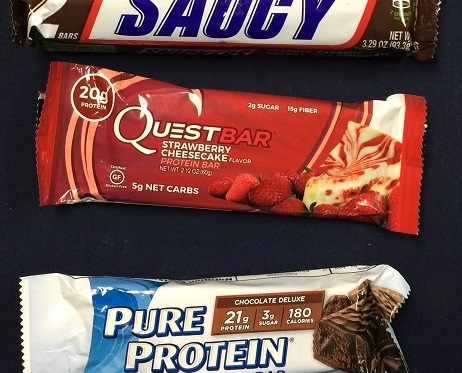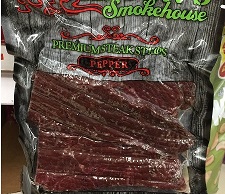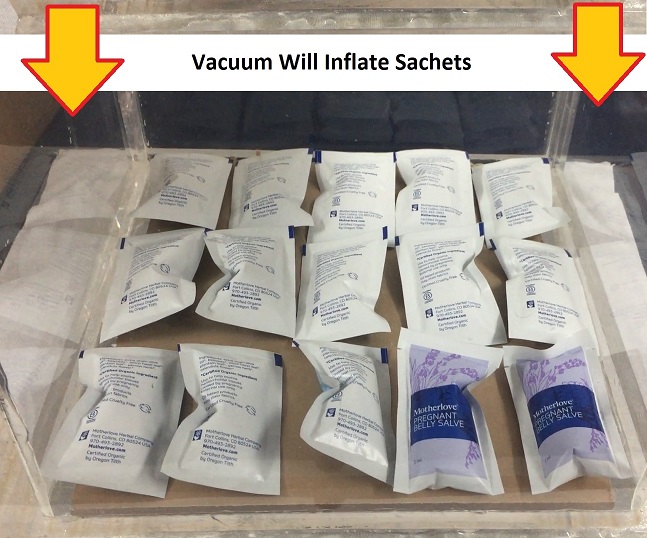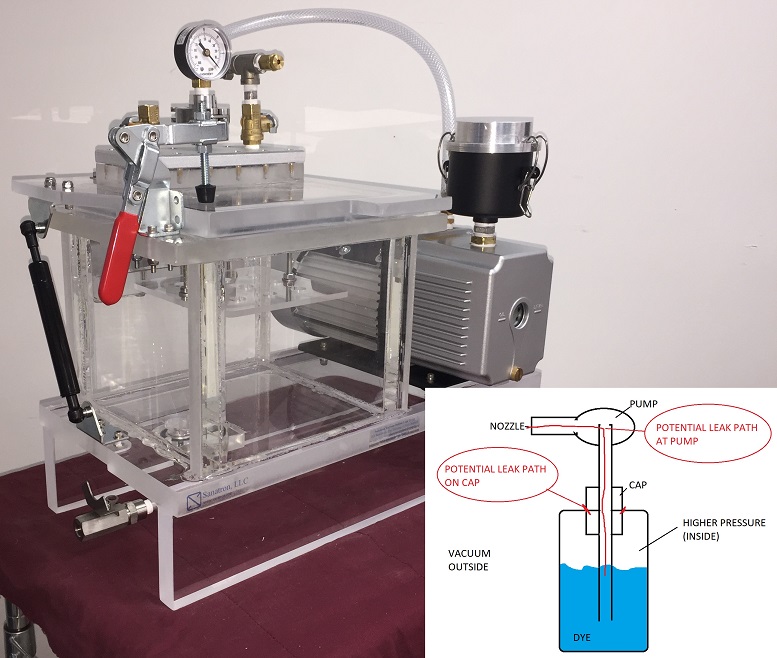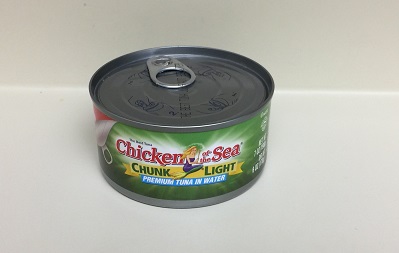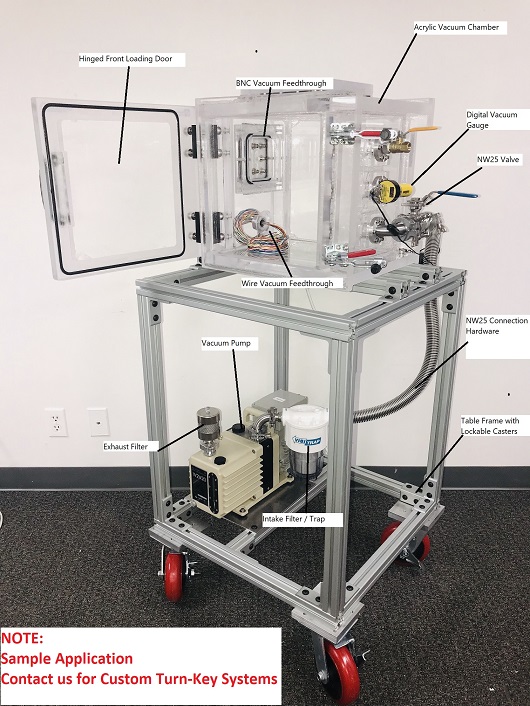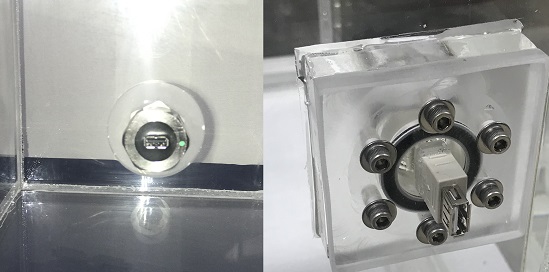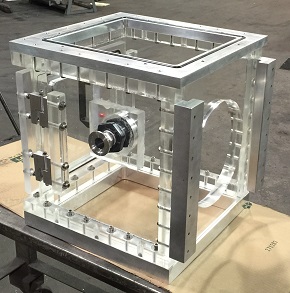Are you unsure how to test for seal integrity of your package closures? How do you know you have a good product? Would you like to know how to test your package for closure and seal quality?
If you answered yes to one of these questions, you are on the right track. We have some resources to guide you on how to test your products for seal failures. Click on the links below to learn more about how to package test for the following:
How to Test Seal Integrity of:
WAIT! Take a look at similar Items you may like…
Our clients prefer to work with us because we are Experts in Vacuum Science and Technology. What are you building? Take a look at the links below and discover some of the cool things we make.
